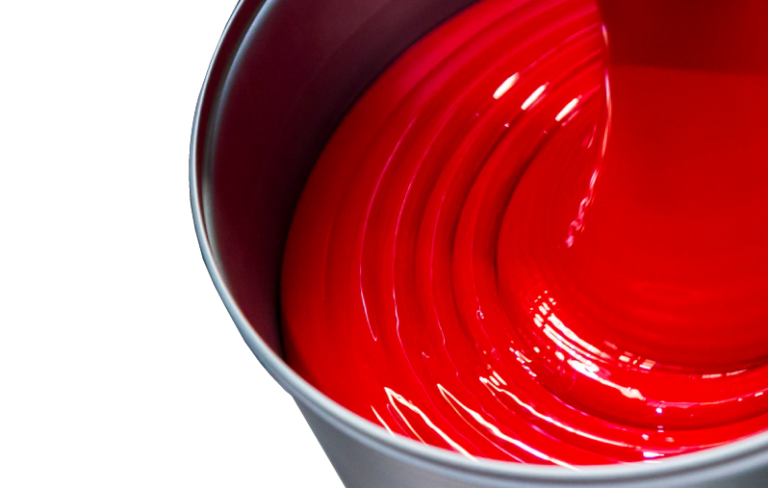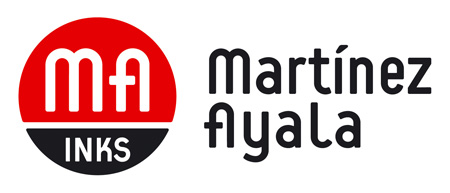Offset inks

At Grupo GEVISA we sell inks from the manufacturer Martínez Ayala.
Martínez Ayala is a Spanish company with 90 years of experience producing top quality offset inks.
- Headquarters in Murcia, Spain
- Founded in 1932
- Dedicated to the manufacture and sale of inks for graphic arts, with Offset inks as their production specialty.
We have at your disposal the following ink lines:

Ecoprint
Semi-fresh process ink based on vegetable oils.
It stands out for its great versatility and stability in the machine.
Ecointense Oxidativa
An Offset Sheetfed ink series that is characterized by a very high oxidative drying rate.
It has great absorption on the support, excellent resistance to rubbing and a very high gloss.

Pantone Basic
Series of semi-fresh oil-based inks for offset printing that stands out for its great versatility and stability in the machine.
Designed to perform jobs that require high resistance to degradation as well as resistance to plasticizing or UV varnishing.
Pantone Basic Foil
Quick-drying inks that can be used mainly on non-absorbent supports (PVC, plastics, metal-coated paper, etc.), where the drying process is carried out exclusively by oxidation.
RADIOR Metallic and Fluorescent Inks
The French company RADIOR is exclusively dedicated to the manufacture of metallic and fluorescent inks.
There are many options for any application needed, from conventional to UV metallic inks for food packaging.


Frequently Asked Questions
About changes in ink color
Shades of color that are visible to the naked eye in a single-color print should appear the same to most observers.However, from a physical point of view there will always be differences, even when using a single batch of ink.
These differences should be imperceptible to the naked eye, but a well-calibrated spectro-densitometer can measure and express them mathematically. The important thing is that the differences, expressed as Delta E, remain below the standards.
For more information on this topic, refer to our document: Tolerancia de Color en Prensa.
Seen with the naked eye on the surface of an ink container do not reflect what will be seen in print.
High ink densities (layers) multiply the differences and make them visible to the naked eye. However, if densities (layers) of similar size are compared, the differences are minimized and should be within the standard Delta E ranges.
It should also be remembered that the ink is not made only of pigments (the component that gives the color) but also of a vehicle (component that can be oil-based, water-based or solvent-based) and additives, which can give an appearance different from the ink in its container, but that does not imply that these differences will be noticeable once printed.
Offset inks are prepared in batches, and although manufacturers follow strict internal production protocols and try to use the same raw materials and the same processes, the nature of working with pigments and other organic components always causes slight changes.
It is the responsibility of the ink manufacturers’ quality control laboratories to keep these differences to a minimum.
The human eye, although it’s a highly evolved organ, can’t perceive color changes as accurately as a spectro-densitometer.
In addition, the color perceived by each person is somewhat subjective, and therefore there can be no standard of comparison from person to person.
Therefore, every time there is a non-conformity or a claim for color change, it must be verified by a measurement with a calibrated spectro-densitometer device so that it is completely objective.
The inks are made with pigments of different origins. Some of these pigments are not resistant to alkaline substances or solvents.
Water-based coating is alkaline, with pH values ranging from 8.5 to 11. UV coating, although today almost completely solvent-free, always uses a small amount of reactive solvents in its composition.
The UV radiation curing process is also harmful to low lightfastness pigments.
The best solution is to use inks that are resistant to alkali and solvents. Resistance to alkali and solvents is almost always mentioned on the technical data sheet or on the ink labels.
The ink supplier can also be required to always deliver inks that comply with ISO 2837. These inks will however always be more expensive than standard inks.
Different ink colors have different resistance to sunlight. This resistance is expressed in numbers ranging from 1 to 8, and is known as the “Wool Scale”.
The word “wool” is a scale that was adopted from the textile industry to the graphic industry. Every pigment resists a certain amount of sunlight before it begins to lose its natural color.
The higher the number, the better the resistance. Pigments used for graphic arts almost always have a minimum resistance of 3, however this number is still low and results in an average resistance of a few days in sunlight.
Only pigments that have a strength of 5 or more can last for several months in sunlight.
When manufacturers place values and warnings on the technical data sheets, safety data sheets and product labels, they do not imply that the problems and dangers mentioned will always happen, but rather that they are problems that “could happen” and not following the indications of the manufacturer increase the chance of these passing.
The important thing is to always follow these warnings to avoid claims and returns.
Remember that we work with components from different batches, different manufacturers and under production conditions that are always changing. The only way to avoid problems is to stick to the manufacturers’ instructions to the letter.

